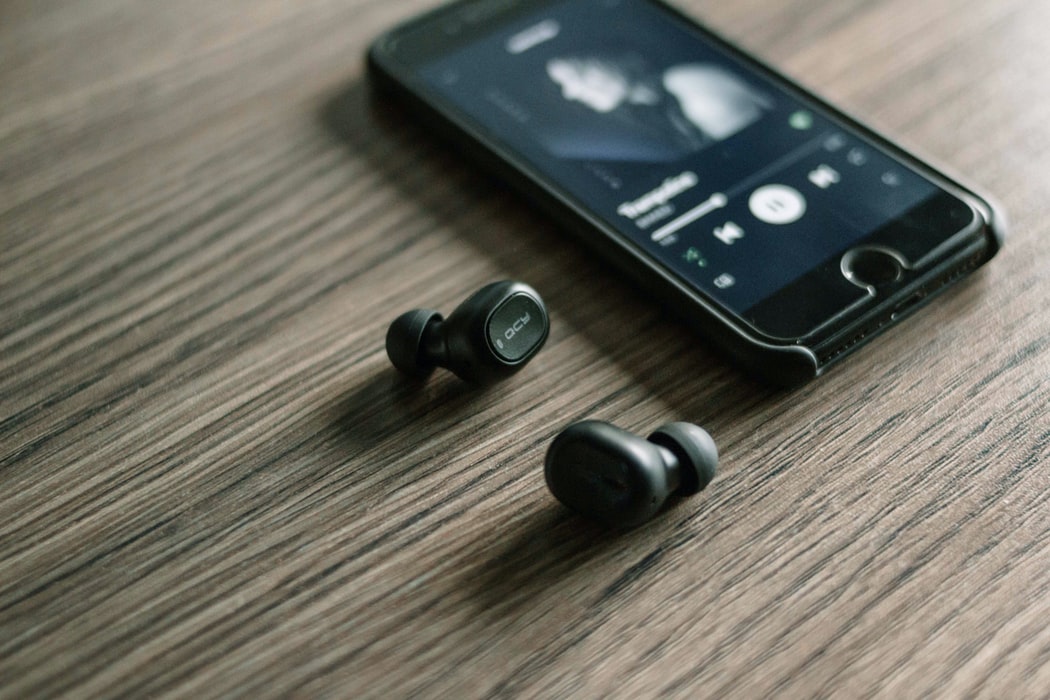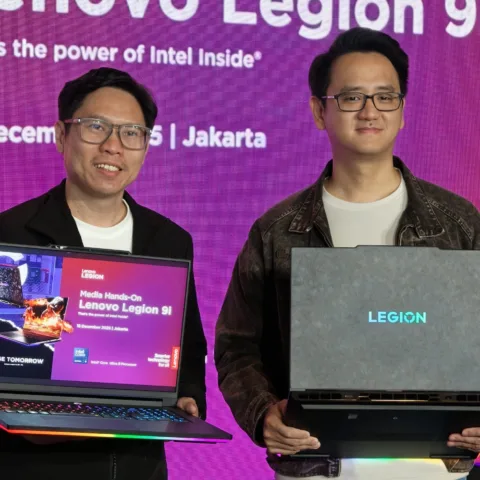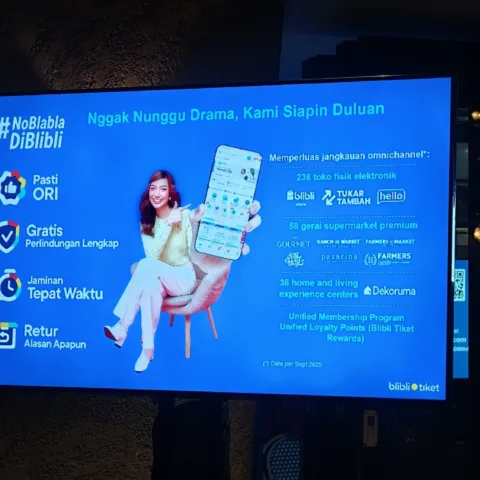In Indonesia, especially Jakarta, as the country’s largest trade center, each week there are exhibitions and trade shows of varying sizes held at places ranging from mall atriums to hotel ballrooms and all the way to proper exhibition buildings hosting thousands of visitors per day. These exhibitions cover a variety of industries, from education, real estate, electronics, to the currently-running car exhibition at JIExpo. These exhibitions basically fulfill a need from those industries to display and sell their products or services; but as with most open for public events, exhibitions have become an entertainment source of its own.
In small to large exhibitions, the obvious main objective is to bring in as many people as possible, increasing the possibility of sales. To make sure that visitors come by, exhibitions use tried-and-true methods of arranging entertainment and prize drawings for visitors. The entertainment could be anything, from bringing in celebrities, holding talk shows, playing music, magic tricks, dance, even acrobatics; the prizes provided are usually something relevant to the exhibition. This method has probably been done for years around the world, employing interesting booths, pretty sales promotion girls, and informative brochures.
Over the years, the exhibition format has more or less stayed the same. Events like Festival Komputer Indonesia or Real Estate Expo, or even the Jakarta Fair, are essentially big areas divided up into squares, which are rented by the exhibiting companies. The exhibitors build booths according to their concepts and will prepare an army of booth babes and actual sales people equipped with brochures and product info. For the duration of the exhibition, the booths will be kept lively with various activities and entertainment, especially for exhibitions lasting more than one day.
What I have felt myself as an exhibition visitor, is that I am often confused coming to these big exhibitions. Information regarding the full list of exhibitiors, the location and programs done at each booth is often hard to get; the event website is often incomplete, and there is not always information about the layout and event schedule on location.
While exhibition organizers may want their visitors to go around to all the exhibition areas to see all the booths, visitors tend to flow randomly causing all sorts of jams and preventing smooth traffic throughout the venue. The ideal situation in which everybody can visit and look at every booth at leisure does not happen. Now, can’t this problem be solved by technology?
With quite a simple technology and a little discipline about information management, visiting an exhibition could be guided by a mobile app, or at least a mobile website. The full layout – or even a more sophisticated one using augmented reality like Here City Lens – should be easily accessible.
The event rundown and programs for each booth could be served contextually even using notifications about flash discounts, games or prize drawings. By enabling easier access to information about the exhibition, visitors can plan their trips better, or even allocate more than one day to go, so that the exhibition can truly become a complete exhibition offering, and not just a dense pile of people and brochures.
Technology solutions can also be provided to the exhibitors or the exhibition planners. A simple database acquisition method can be implemented at exhibition or booth level, so that exhibitors have better information about potential customers. Measuring the most popular booths can be done in real time with real data, based on the amount of visitors.
Spreading more comprehensive product information – making it easier for the customer to study and at the same time receive contact information about the seller – can be done electronically, decreasing the need of printing brochures which are much more likely to become trash at the end of the exhibition. [Disclosure: I work at Wooz.in, a company that provides these functions]
A lot of technology products are provided as part of the the entertainment in exhibitions – electronic games, augmented reality, video mapping, instant digital photo print and so on; placing these technologies, which are pretty sophisticated and not cheap, merely as a complement to entertain visitors, without any real impact to the actual objective of exhibiting, which is sales. By doing better planning about technology implementation in exhibitions, these exhibitions can strengthen their place as an entertainment source, and as an effective sales medium.
 Ario is a co-founder of Ohdio, an Indonesian music streaming service. He worked in the digital music industry in Indonesia from 2003 to 2010, and recently worked in the movie and TV industry in Vietnam. Keep up with him on Twitter at @barijoe or his blog at http://barijoe.wordpress.com.
Ario is a co-founder of Ohdio, an Indonesian music streaming service. He worked in the digital music industry in Indonesia from 2003 to 2010, and recently worked in the movie and TV industry in Vietnam. Keep up with him on Twitter at @barijoe or his blog at http://barijoe.wordpress.com.








